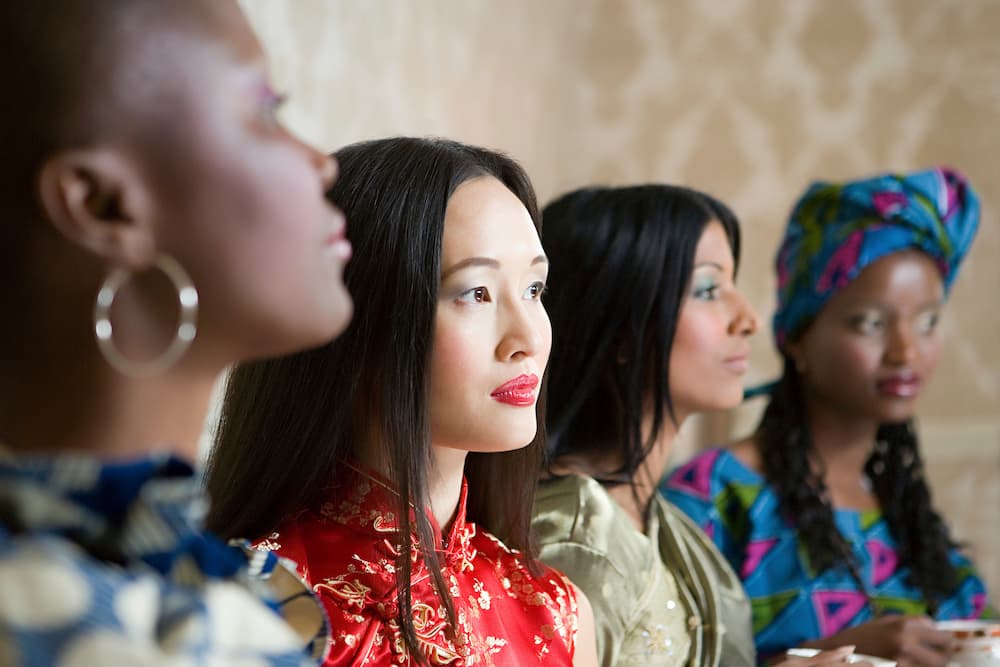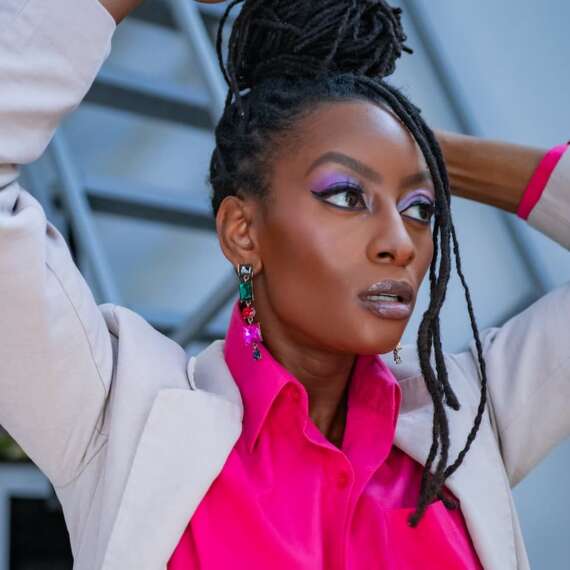Luxury once spoke with a single accent. Its vocabulary was European—French ateliers, Italian leather, British tailoring. But today, the language of luxury is being rewritten in many dialects at once. Across the United States, a new generation of designers is weaving identity into design, proving that heritage is no longer a backstory. It’s the story.

You see it in the work of brands like Wales Bonner, Aurora James’s Brother Vellies, and Theophilio. Each draws from personal history—Caribbean roots, African craftsmanship, or diasporic resilience—to build something that feels both intimate and global. These aren’t just fashion labels. They’re cultural translations. The runway becomes a medium for storytelling, where fabrics carry ancestry and silhouettes reflect migration. For the first time in decades, luxury isn’t defined by lineage; it’s defined by lived experience.
Consumers have changed too. Data from Bain & Company shows that 60% of Gen Z luxury buyers say they choose brands that “reflect their cultural identity.” They want more than craftsmanship—they want connection. They look for meaning stitched into seams and stories behind every texture. In this economy, authenticity is equity. A designer’s background can add as much value as a rare material. And when you think about it, that’s a quiet revolution. It means prestige is no longer inherited; it’s earned through truth.

The tension lies in how brands use that truth. There’s a difference between inspiration and appropriation, between honoring a culture and borrowing it for aesthetic points. In the past, global luxury often treated culture like a buffet—sampling motifs from Africa or Asia without credit or context. But today’s audience is too aware for that. Authenticity isn’t just about what you reference. It’s about who’s doing the referencing. When heritage comes from within the house, it adds weight. When it’s pulled from outside without respect, it rings hollow.
Heritage-driven luxury works because it restores emotion to a market that has become obsessed with minimalism and metrics. Consider how Diarra Bousso’s Diarrablu transforms mathematical algorithms into bold Senegalese prints, or how Mexico-based Carla Fernández collaborates with indigenous artisans to preserve traditional techniques. Their work doesn’t romanticize culture—it revitalizes it. The result is a kind of design that feels alive, where the past and future share a single thread.
That emotional depth translates to real value. A report by Vogue Business found that consumers are willing to pay up to 20% more for items they perceive as culturally authentic. The reason is psychological. When a brand feels rooted in something real, it triggers trust. People associate craft with care, and care with worth. Heritage turns identity into an asset—a form of cultural capital that compounds over time.
But not every attempt succeeds. When heritage becomes performance, the audience feels it. The market punishes pretense faster than ever. That’s why transparency has become a design principle as important as silhouette or stitching. Consumers now expect to know where a product came from, who made it, and what it stands for. A label that can’t answer those questions risks becoming irrelevant, no matter how beautiful its collection looks on social media.

In this new landscape, the most successful brands balance intimacy with universality. They don’t sell nostalgia—they sell perspective. They invite you into their world without diluting its origin. That’s what makes pieces from designers like Peter Do or Fe Noel resonate: they blend personal identity with precision, proving that cultural storytelling and technical mastery can coexist. Heritage becomes not a boundary but a bridge.
For you as a designer or strategist, the lesson is clear. Heritage isn’t a trend to adopt—it’s a truth to clarify. Ask yourself what story your work tells when no one’s watching. Ask how your materials, cuts, and imagery honor the people and places that shaped you. When you treat culture as currency, its value lies in stewardship, not ownership.
The rise of heritage-driven luxury signals something larger about the future of fashion. In an age when algorithms flatten taste, authenticity restores depth. It reintroduces humanity into design. The next era of American luxury won’t be defined by its ability to imitate Paris or Milan—it will be defined by its willingness to speak with its own voice, in all its accents. Because when identity becomes art, culture doesn’t just influence fashion. It is fashion.









